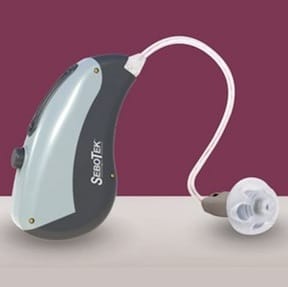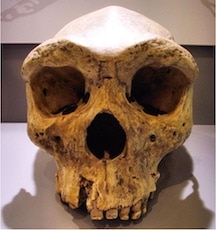Nov. 24, 2015
Looking Back on How Digital Hearing Aids Came to Be Today, finding an analog hearing aid is difficult – that is, unless one rummages through boxes of hearing aids manufactured prior to about 1966, or a few years following. Hearing aid engineers had been speculating about the possibility of a digital hearing aid in the early 1980s. At that time,












